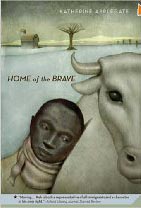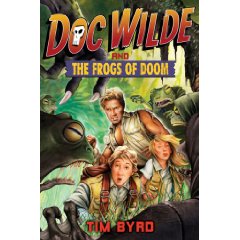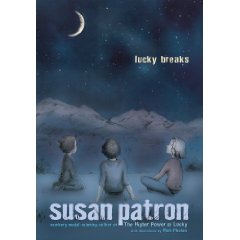Review of Any Which Wall, by Laurel Snyder
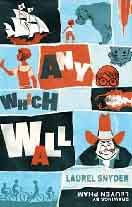 Any Which Wall
Any Which Wall
by Laurel Snyder
drawings by LeUyen Pham
Random House, New York, 2009. 242 pages.
Starred Review
Sonderbooks Stand-out 2010: #3 Children’s Fantasy and Science Fiction
The caption at the front of this book is a quotation from Seven Day Magic, by Edward Eager. As it happens, Seven Day Magic is one of my favorite books from childhood, and one of my favorite quotations is the first line of that book:
“The best kind of book,” said Barnaby, “is a magic book.”
A little further along comes the part Laurel Snyder quoted:
“The best kind of magic book,” Barnaby was saying, “is the kind where the magic has rules. And you have to deal with it and thwart it before it thwarts you. Only sometimes you forget and get thwarted.”
When I read that, I instantly hoped that here I would find a magic book in the style of the Edward Eager books I loved so much. I was not disappointed.
Further warming me up to be delighted, I was captivated by the note at the front of the book — “A Brief Note on the Existence and True Nature of Magic.” Here’s an excerpt:
Some magic (the kind you hear about most often) is loud and full of dragons. But that magic is rare, generally reserved for scrappy orphans and misplaced princes. Some magic is mysterious, beginning with the somber tolling of a clock at midnight in the darkest corner of a graveyard. However, that magic is unlikely to include you if you don’t visit cemeteries late at night (which I don’t think you’re supposed to do). There is also magic especially for very tiny children, full of kindly rabbits and friendly old ladies with comfortable laps. It smells like sugar cookies and takes place mostly in gardens or bedrooms the pale colors of spring. But you outgrow it about the time you learn to read.
So perhaps the very best magic is the kind of magic that happens to kids just like you (and maybe even the occasional grown-up) when they’re paying careful attention. It’s the most common magic there is, which is why (sensibly) it’s called Common Magic. Common Magic exists in the very unmagical world you yourself inhabit. It’s full of regular-looking people, stop signs, and seemingly boring buildings. Common Magic happens to kids who have curious friends, busy parents, and vivid imaginations, and it frequently takes place during summer vacations or on rainy weekends when you aren’t allowed to leave the house. Most important, it always starts with something that seems ordinary.
The story that follows concerns four children (like Edward Eager’s books!) who encounter Common Magic, must learn its rules, enjoy it, thwart it, but also get a bit thwarted themselves. When the children in the story had read Edward Eager’s books, just like the children in Edward Eager’s books had read the books of E. Nesbit, I knew that indeed Laurel Snyder must be setting out to write a book in the style of Edward Eager. Hooray! Much to my delight, she pulls it off.
The magic these children encounter is a wall. And a magical key. When they turn the key, the wall transports them to any other wall where they wish to be — from Merlin’s castle to a pirate’s home to the wild West.
The complete package is a delightful, fun, wholesome, and magical adventure for kids. The kids interact with each other and do some growing and thinking as they interact with the magic.
Reading this book will put you on the alert, hoping to run across Common Magic in your own life. And you will feel you’ve already had a taste of it.
Find this review on Sonderbooks at: www.sonderbooks.com/Childrens_Fiction/any_which_wall.html
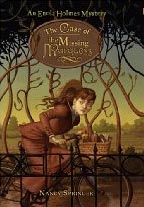 The Case of the Missing Marquess
The Case of the Missing Marquess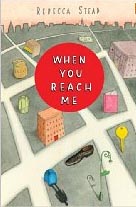 When You Reach Me
When You Reach Me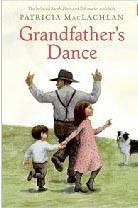 Grandfather’s Dance
Grandfather’s Dance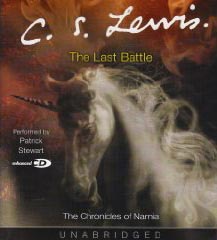 The Last Battle
The Last Battle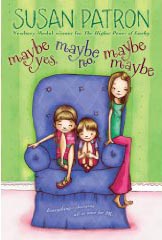 Maybe Yes, Maybe No, Maybe Maybe
Maybe Yes, Maybe No, Maybe Maybe